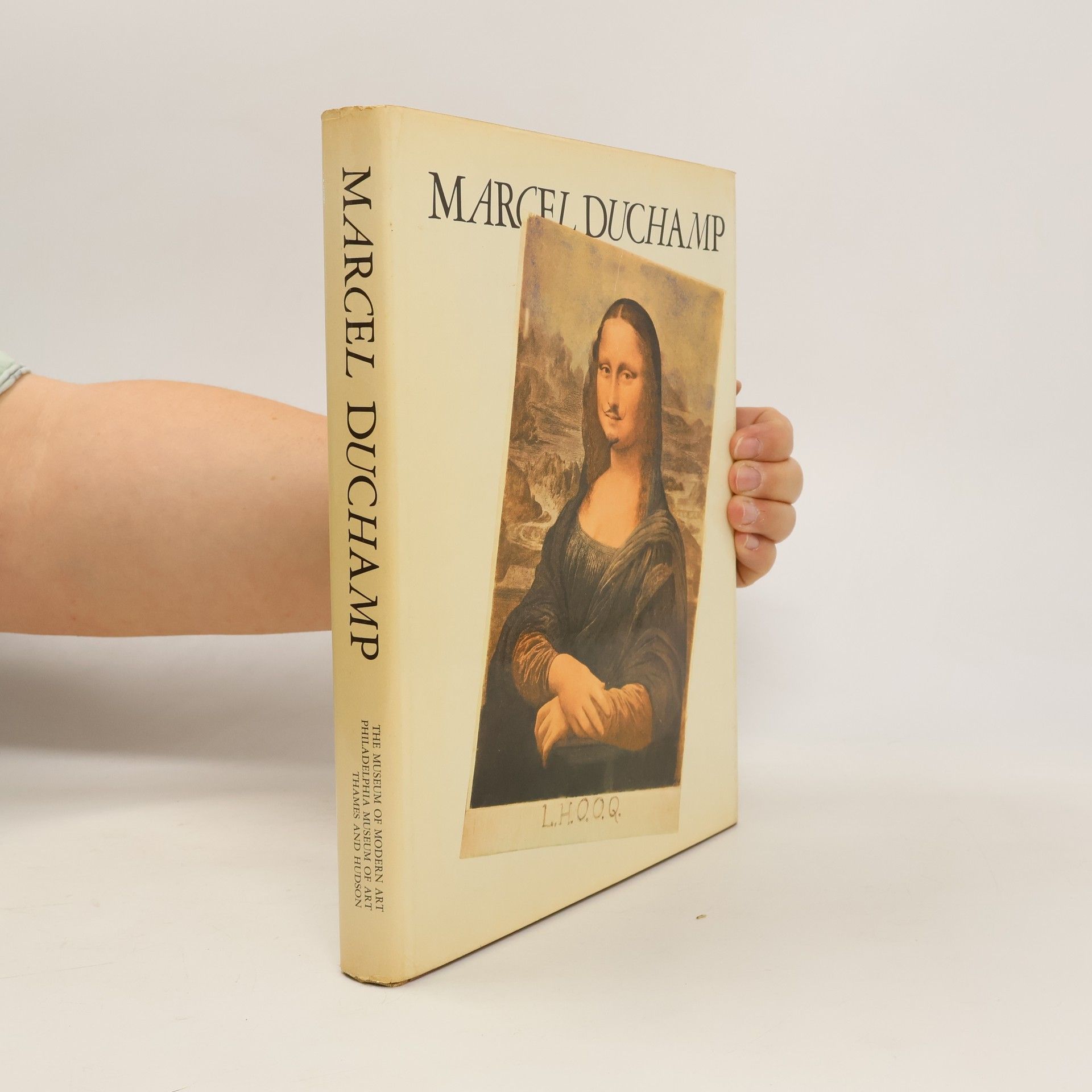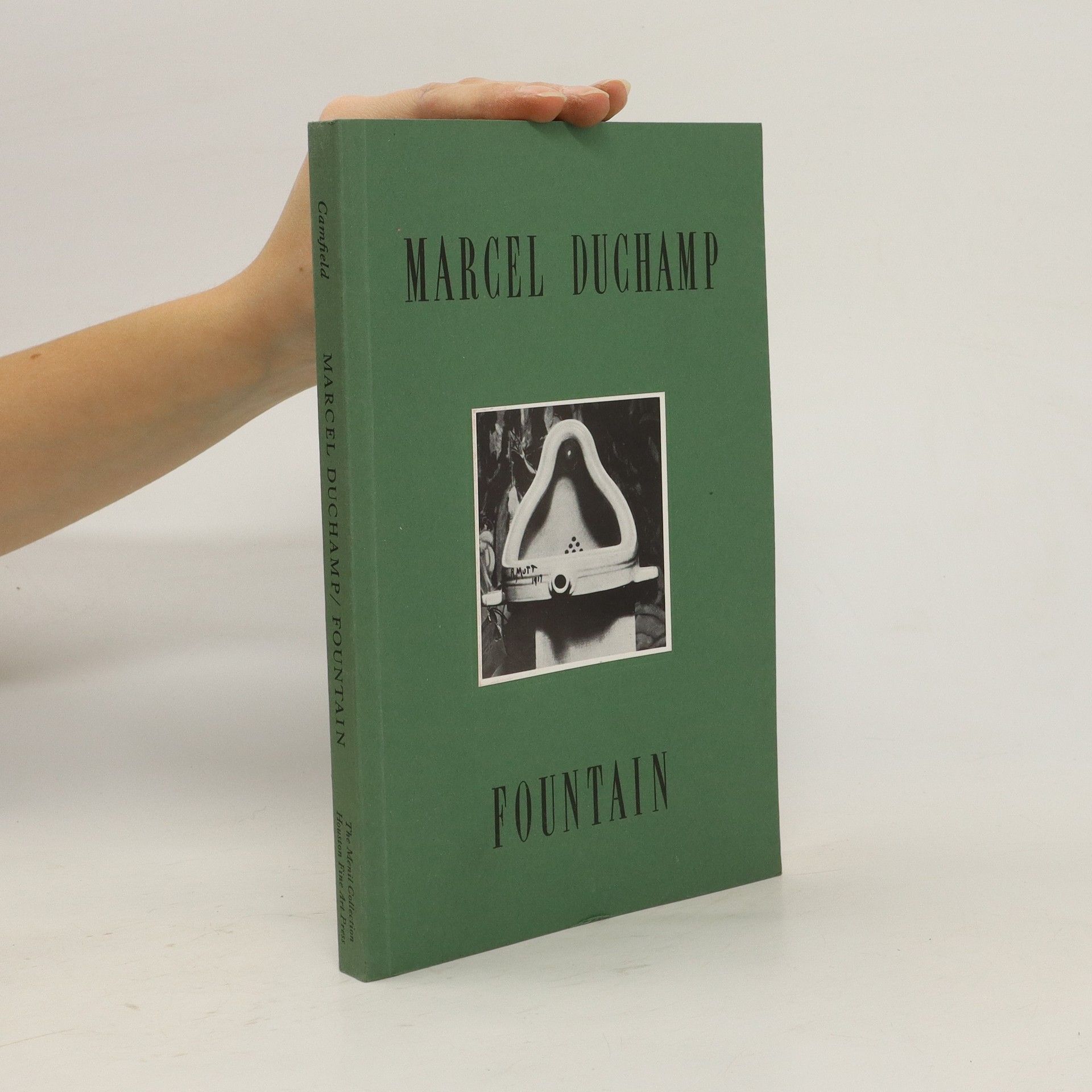In the twenties, Surrealists proclaimed that words had stopped playing around and had begun to make love. Nowhere is this more apparent than in the writings of Marcel Duchamp, who fashioned some of the more joyous and ingenious couplings and uncouplings in modern art. This collection beings together two essential interviews and two statements about his art that underscore the serious side of Duchamp. But most of the book is made up of his experimental writings, which he called ”Texticles,” the long and extraordinary notes he wrote for The Bride Stripped Bare By Her Bachelors, Eben (also known as The Large Glass), and the outrageous puns and alter-ego he constructed for his female self, Rrose Sélavy (”Eros, c’est la vie” or arouser la vie”drink it up”; celebrate life”). Wacky, perverse, deliberately frustrating, these entertaining notes are basic for understanding one of the twentieth century’s most provocative artists, a figure whose influence on the contemporary scene has never been stronger.
Marcel Duchamp Libri
Marcel Duchamp è stato un artista francese il cui lavoro e le cui idee hanno profondamente influenzato lo sviluppo dell'arte occidentale del dopoguerra. La sua consulenza ai collezionisti d'arte moderna ha contribuito a plasmare i gusti del mondo dell'arte occidentale. Noto per la sua natura giocosa, Duchamp ha stimolato la riflessione sui processi artistici e sul marketing dell'arte attraverso le sue azioni, come la designazione di un orinatoio come opera d'arte intitolata Fountain. Sebbene associato al Dadaismo e al Surrealismo, il suo vero messaggio artistico e filosofico rimane intenzionalmente misterioso, e lo stesso Duchamp trovava interesse nelle interpretazioni come propri atti creativi.







Duchamp
- 95pagine
- 4 ore di lettura
Marcel Duchamp (1887-1968) is best-known for his "ready-mades" - such as the urinal, entitled "Fountain" and "signed" R. Mutt. This study tackles the enigma of this major 20th-century artist.
Marcel Duchamp (Englisch)
MMK Museum für Moderne Kunst, Frankfurt
Thanks to Marcel Duchamp, we know that everything can become art and that there is no limit to thinking here. The first comprehensive exhibition in two decades shows Duchamp's works from all creative phases from 1902 to 1968. Through his early work of Post-Impressionist paintings, his caricatures and involvement with Cubism, to his iconic Readymakes, Duchamp's thinking is revealed. He created works with a persistent precision and stubborn anarchy peculiar to him, which only find their completion through us as viewers. In this way, the work changes with us and in time.
Debating American Modernism
Stieglitz, Duchamp, and the New York Avant-Garde
- 172pagine
- 7 ore di lettura
When Duchamp moved from Paris to New York in 1915, he was disappointed by the predominantly nature-based abstraction he observed, publicly proclaiming that American artists were too dependent on outmoded European traditions and had overlooked their greatest subjects--the skyscraper and the machine. Meanwhile, the artists associated with Alfred Stieglitz and his "291" gallery remained loyal to their belief in nature as a source of ongoing renewal for visual culture, and emphasized the crucial role that intuition and spirituality played in their creation of art. The crossfire between Duchamp and Stieglitz and their respective circles defined a critical moment in early twentieth-century American art. Debating Modernism includes reproductions of work by artists from both camps, from Charles Demuth, Georgia O'Keeffe, and Paul Strand to Man Ray, Francis Picabia, and Marsden Hartley. An essay by curator Debra Bricker Balken traces the threads of the debate through the 1910s and 20s, and also addresses the appearance of sexualized imagery in nearly all of these artists' works, a phenomenon that ironically unifies the two seemingly opposed camps. Jay Bochner's essay focuses on the artists' respective violations of American expectations about art.
Rozmluvy s Pierrem Cabannem
- 158pagine
- 6 ore di lettura
Kniha je nejrozsáhlejším Duchampovým mluvený komentářem, jehož kouzlo spočívá v jednoduchosti, s jakou svůj komplexní přístup k práci, životu a umění tlumočí. S citáty z této knihy se setkáme jak v učebnici pro základní školu, uvádějící děti do problematiky moderního umění, tak v komplikovaných textech o filozofii umění, estetice a dějinách umění dvacátého století. Duchampovy postoje nabízejí zcela nový pohled na dějiny zobrazování, funkci umění a jsou nutnou četbou pro ty, kdo si chtějí vytvořit názor na bouřlivý vývoj umění ve 20. a 21. století. Přelomový význam Duchampova díla zpochybňujícího vývoj umělecké reprezentace, začíná být v širším kontextu uznáván až díky umělcům a teoretikům konceptuálního umění, minimalistického umění a popartu na počátku šedesátých let. V nemalé míře k tomuto přesunu těžiště od sítnicového k mozkovému, jež bylo pro druhou polovinu 20. století příznačné, přispěla tato kniha. Kromě rozmluv kniha obsahuje předmluvy Pierra Cabanna ke třem historickým vydáním z let 1966, 1976 a 1995. Spíše než Duchampovy práce se tyto předmluvy relevantně dotýkají přijetí rozmluv a zprostředkovávají nám dobové reakce, jež vyvolaly.
Marcel Duchamp
- 256pagine
- 9 ore di lettura
Dank Marcel Duchamp wissen wir, dass alles zu Kunst werden kann und dem Denken hier keine Grenze gesetzt ist. Die erste umfassende Ausstellung seit zwei Jahrzehnten zeigt Duchamps Werke aus allen Schaffensphasen der Jahre 1902 bis 1968 zeigt. Über sein Frühwerk postimpressionistischer Gemälde, seine Karikaturen und Auseinandersetzung mit dem Kubismus bis zu seinen ikonischen Readymakes offenbart sich das Denken Duchamps. Er schuf mit einer ihm eigenen beharrlichen Genauigkeit und eigensinniger Anarchie Werke, die erst durch uns als Betrachtende ihre Vollendung finden. So verändert sich das Werk mit uns und in der Zeit.



